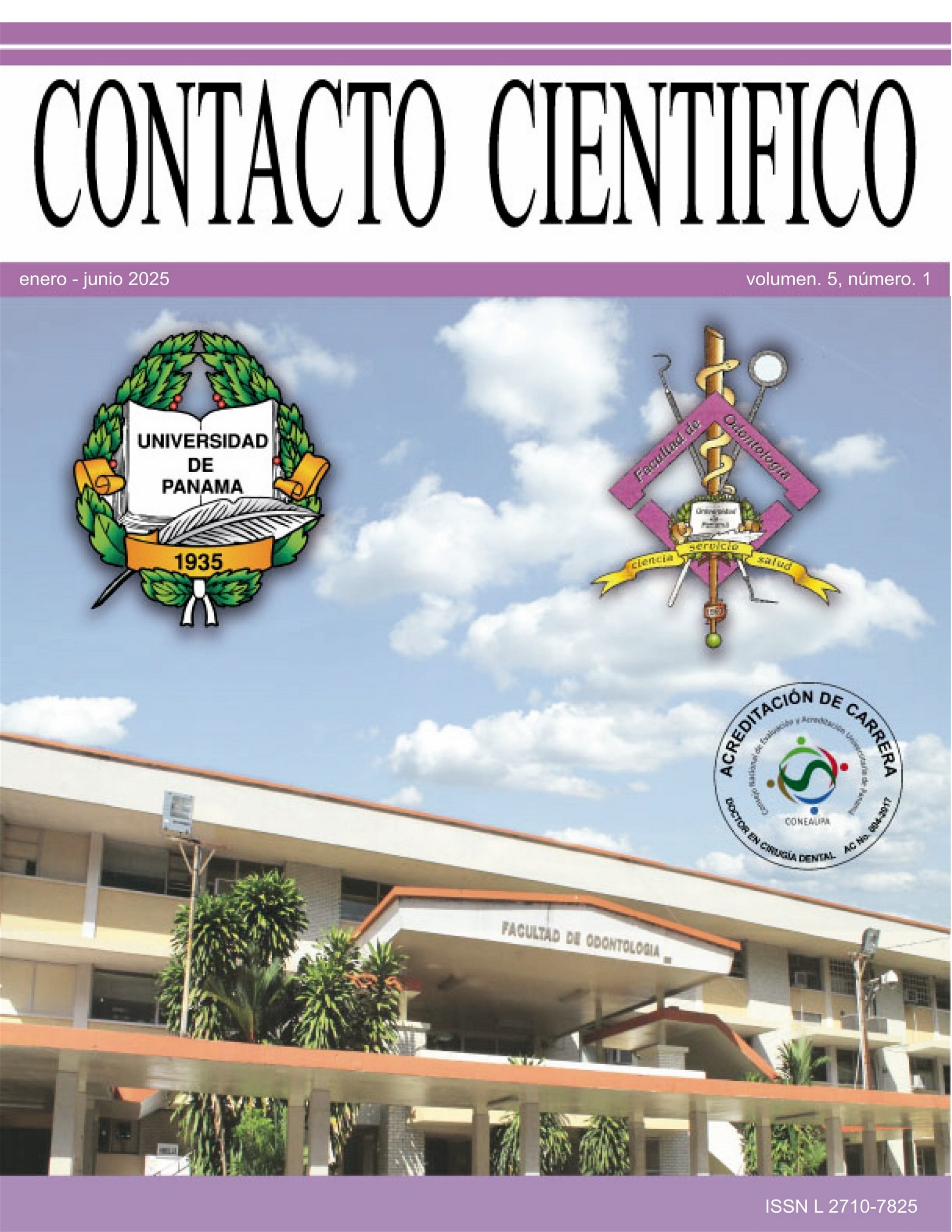

Copyright (c) 2025 Contacto Científico

This work is licensed under a Creative Commons Attribution-NonCommercial-ShareAlike 4.0 International License.
Class II malocclusions are manifested by maxillary prognathism, mandibular retrusion, or a combination of both; while class III malocclusions are characterized by maxillary retrusion, mandibular protrusion, or both. Both malocclusions have a multifactorial etiology that can be influenced by genetic and environmental factors. The objective of this article is to identify the genes involved in the manifestation of these growth alterations associated with skeletal class II and class III malocclusions. Methods and materials: the information search was carried out in the PubMed, EBSCO, and Google Scholar databases, considering articles published in the last 10 years. Results: 8 articles were selected. Conclusions: Class II malocclusions are associated with variants in the genes ACTN3, FGFR2, MSX1, and MYO1H. Class III malocclusions due to variants in the genes ADAMTSL, MYO1H, BMP3, GHR, FGF7, FGF10, SNAI3 and ADAMTS2.